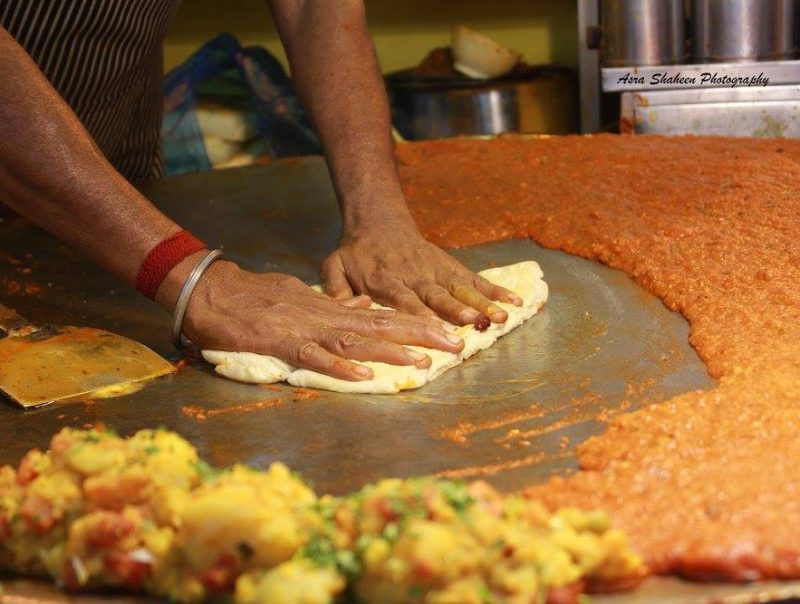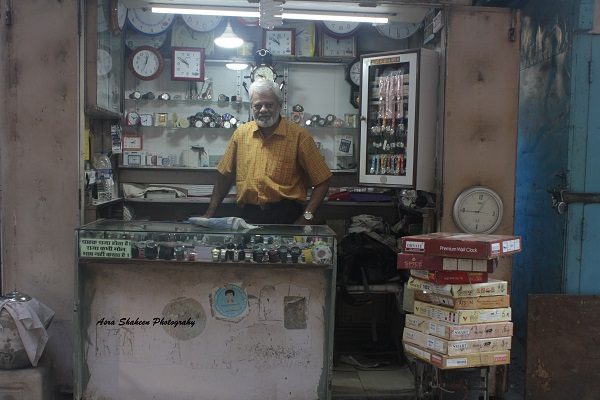What’s relished today as leisure-time comfort food was born out of the timely necessity to wholesomely feed overworked workers of erstwhile Bombay in 1860s. Asrashaheen.in gets a taste of the past of this spicy vegetable dish.
For some it’s the ultimate comfort food after rush shopping and for others it’s the best quick grab at their favourite street side food stall. Some prefer it as snacks during their evening outing while many others like to prepare it at home with their own choice of veggies for breakfast. Dollops of butter for the melt-in-mouth taste and garnished onions for a crunchy bite… Pav Bhaji is one spicy treat that tickles the taste buds of food lovers in very different ways.
Did you know the all-time favourite Pav Bhaji of Mumbai actually originated during the civil war of America in the 1860s? The existing political and economic situation in America created a demand-supply gap for cotton. The traders at the Bombay cotton exchange made the best of this opportunity and started overworking late in night for days together. At the same time, erstwhile Bombay was a thriving industrial economy with cotton mill workers toiling hard day in and out. They would return to home at unearthly hours when it was practically difficult to prepare something wholesome for them. The street vendors of the city found a smart solution! They swiftly got hold of with the leftover bread from the nearest bakeries run by Catholics. Remaining unused vegetables were cooked, mixed and mashed, and served with spoonful of butter. That’s how the Pav Bhaji was born.

Many journalists and food writers believe that the dish was invented in Maharashtrian households where womenfolk quickly mashed and churned out a dish of leftover vegetables and served it with Indian bread (bhakri).
Pav or the pao was introduced much later when Portuguese reached the western shores of India. Since yeast unavailable, they used the local toddy to ferment the dough and created the Goan pao or pav, which later travelled to Bombay.


